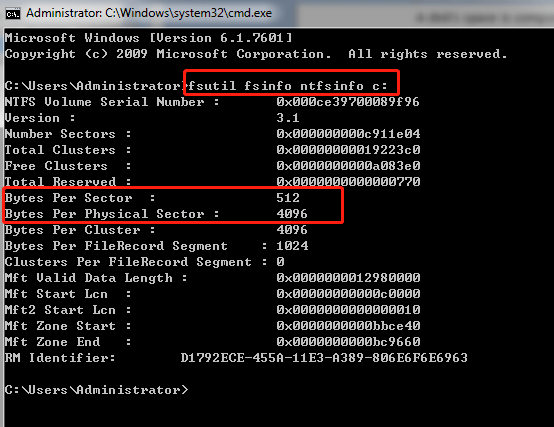- Best Allocation Unit Size For Exfat And Pc Memory
- Best Allocation Unit Size For Exfat And Pc Software
- Best Allocation Unit Size For Exfat And Pc File


Best Allocation Unit Size For Exfat And Pc Memory
Warning! Technical stuff ahead! We use a lot of external drives for media work and storage. We’re constantly handing projects off to different people to work on different parts and that means these projects need to be mobile. It also means that they need to work on both PC’s and Mac’s. To do this, we reformat all our drives to exFAT which allows us to read and write to the drives using either a PC or a Mac. Very handy.
Plug your external hard drive into your PC, go to “This PC,” then right-click it under “Devices and drives” and click “Format.”. Here you’ll be presented with a number of options, but the ones we’re focusing on are “File System,” which you want to change to exFAT, and “Allocation unit size.”. So, the recommended allocation unit size for SSD should be the defaults: 4KB, which are set to reduce the space that is lost. To get default allocation unit size for SSD with NTFS, FAT32 and exFAT, you can go through this link. How to change SSD allocation unit size in Windows 10, 8, 7? Aug 07, 2021 Take the article Best Allocation Unit Size For Exfat in 2021 for example, H Boot analyzes and evaluates: 16 products. 622,186 reviews from many sources on the internet on the topic Best Allocation Unit Size For Exfat (including reputable newspapers as well as discussions on forums and social networks). Windows’s default allocation unit size is 4096 bytes (4 kilobytes), which is pretty small, and on most computers, it’s unlikely this will lead to a lot of wasted space. If you make your allocation unit size too small, it can lead to a slower system – allocation will take longer, as there will be more allocation units assigned to each file.
Now, the question I’ve always had was: 1) What allocation unit size should I pick for exFAT? and 2) Am I loosing read/write speed when I pick exFAT over NTFS?

For question #1, doing a Google search gives you some answers, but also leaves you with a lot of head scratching. First, a lot of people confuse the default NTFS file size of 4096 bytes with the exFAT option of 4096 kilobytes. These aren’t the same!!! 1 kilobyte = 1000 bytes (or 1024 bytes depending on context). So when I reformat to exFAT, I typically pick 256 kilobytes for the Allocation unit size. It’s the default the computer picks for me and I’ve read several places where it was at least alluded to being a good size. There is no right size, there are tradeoffs, but for us, it works just fine.
For questions #2, I’ve always been concerned that I may be limiting my speed when I pick the exFAT format vs. the NTFS. There are read/write tests on the web that break all this down, the problem is that it doesn’t really answer my question for me, it basically says it all depends on the type of files being used (not to mention the people who contradict each other). So, when in doubt, test it out. I grabbed a 11.2 GB folder full of various video files and project files and copied it to the drive when it was formatted as NTFS and exFAT. The NTFS took 130 seconds to move them over while the exFAT was only 107 seconds. I then exported an edited video file using both formats. The exFAT took 118 seconds to export the project, while the NTFS took…. 118 seconds. I’m doing this off a stop watch, manually clicking buttons, but from what I can tell, there wasn’t a difference between the two on typical projects we work on.
That answered it for me. exFAT gives us the option to work on either a PC or a Mac and it may be a bit faster for us and the type of work we do. As for the Allocation Unit Size, I’m comfortable with the 256 kilobytes size. Hope this helps.


Best Allocation Unit Size For Exfat And Pc Software
Cheers,
Best Allocation Unit Size For Exfat And Pc File
Adam Kilbourn 🙂